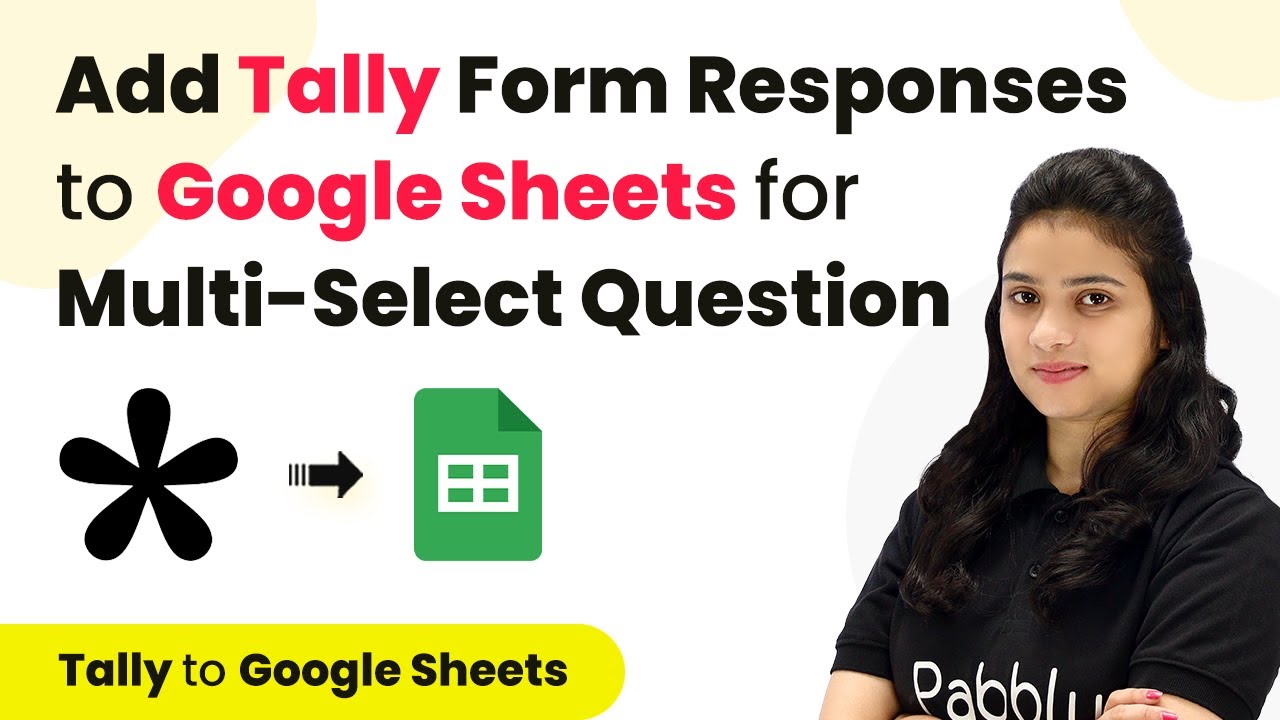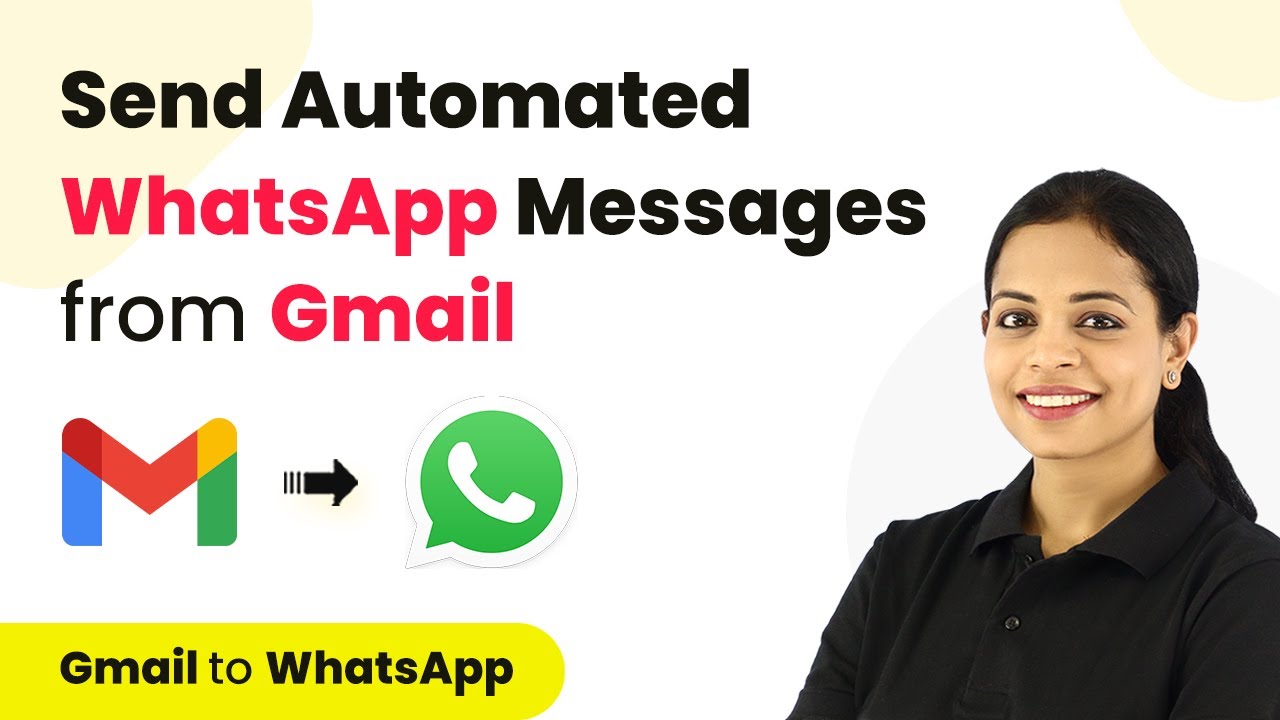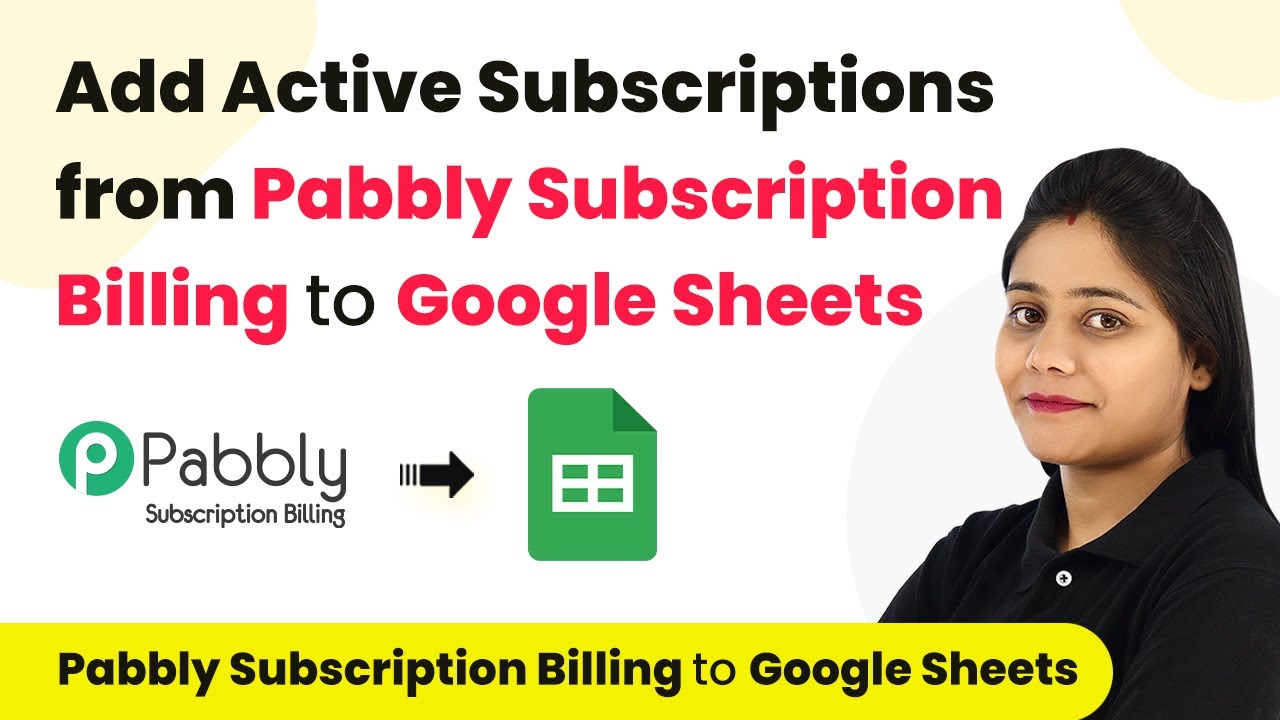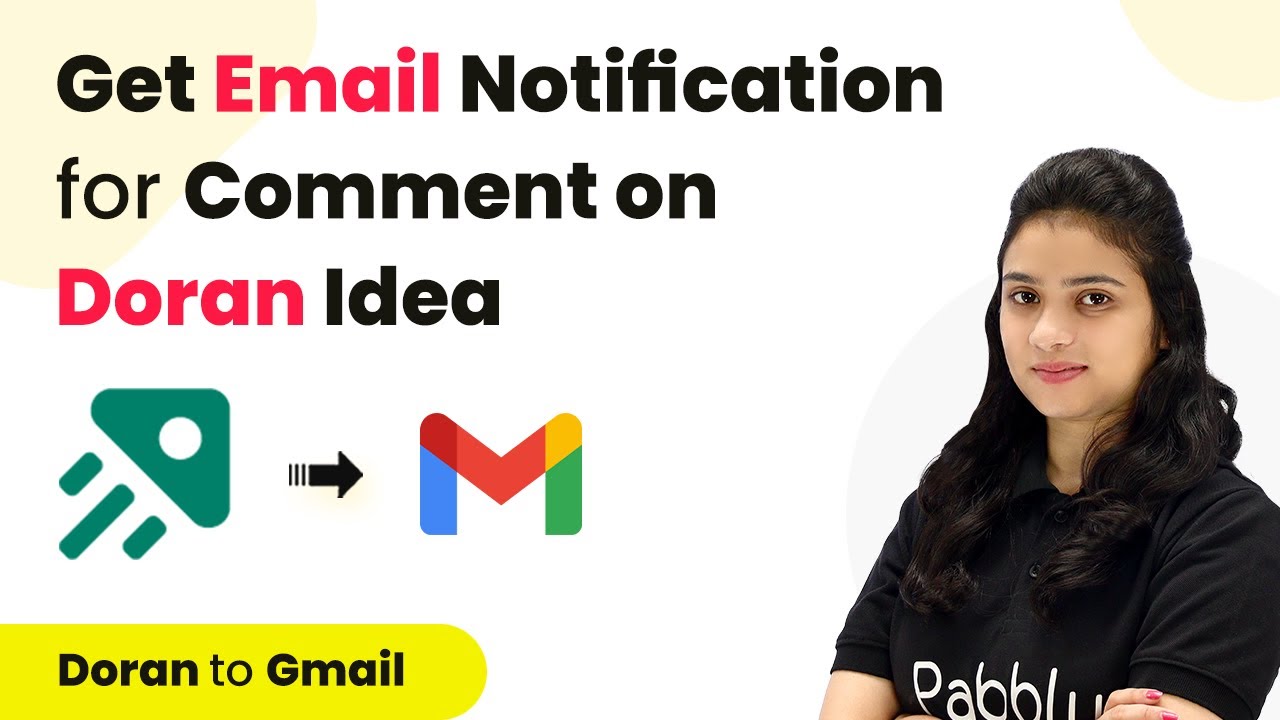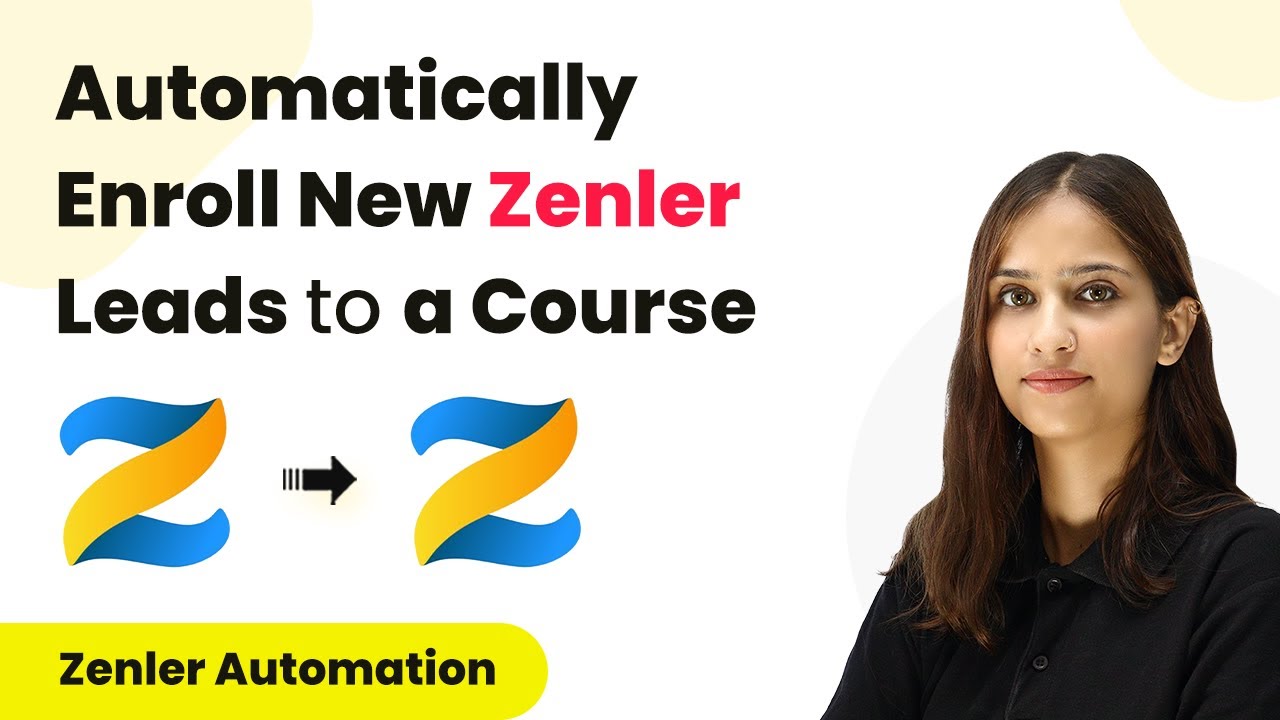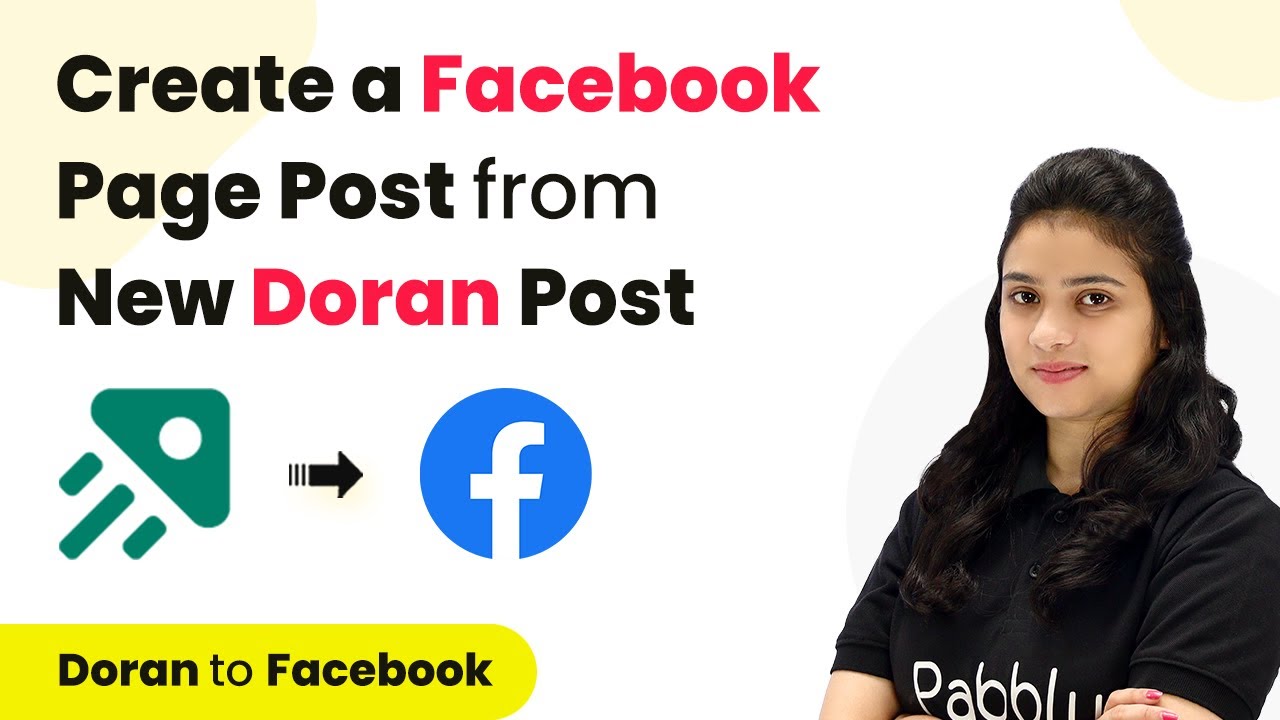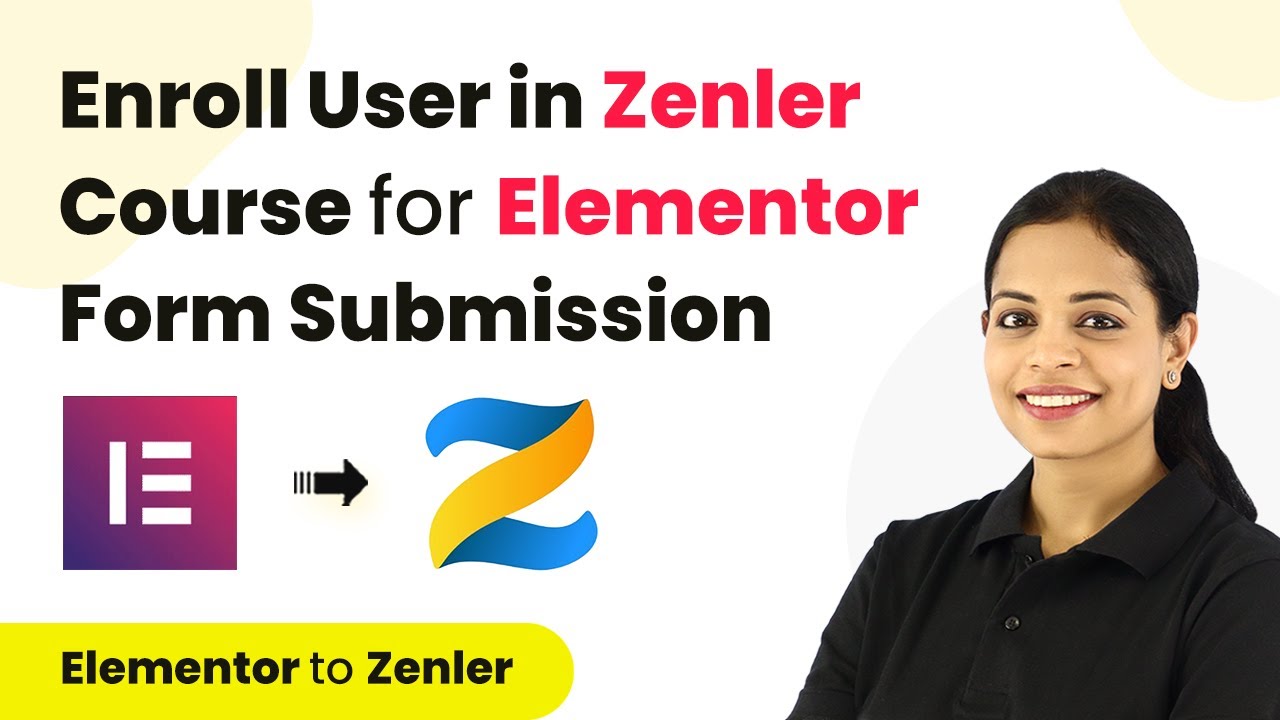Learn how to automate Tally form responses to Google Sheets using Pabbly Connect in this step-by-step tutorial. Streamline your data collection process today! Discover how to seamlessly connect your essential tools through accessible instructions that make powerful automation available to professionals at every skill level.
Watch Step By Step Video Tutorial Below
1. Accessing Pabbly Connect for Automation
To automate Tally form responses to Google Sheets, first, access Pabbly Connect. Open your browser and search for ‘Pabbly.com connect’. You will arrive at the landing page where you can either sign in or sign up for free.
If you are a new user, click on the ‘Sign Up for Free’ button to create your account. Existing users can simply click on ‘Sign In’. Once logged in, navigate to the all-app section and click on ‘Access Now’ under Pabbly Connect to reach the dashboard.
2. Creating a New Workflow in Pabbly Connect
After accessing the dashboard of Pabbly Connect, click on ‘Create Workflow’ to start a new automation process. Name your workflow something descriptive, such as ‘Add Tally Form Responses to Google Sheets’. You can also select a folder to save your workflow.
Once you click ‘Create’, two windows will open: one for the trigger and one for the action. In this case, select Tally Forms as your trigger application and Google Sheets as your action application. This setup allows Pabbly Connect to manage the automation between these two applications.
3. Setting Up Tally Forms in Pabbly Connect
In the trigger section, select Tally Forms and choose ‘New Response’ as the trigger event. Pabbly Connect will provide you with a webhook URL. Copy this URL as it will be used to connect Tally Forms to Pabbly Connect.
Next, go to your Tally form settings and navigate to the Integrations section. Paste the copied webhook URL into the endpoint URL field and click ‘Connect’. This action allows Tally to send form responses directly to Pabbly Connect, enabling the automation.
4. Testing the Submission and Mapping Data
After setting up the webhook, you need to perform a test submission to capture a response. Open your Tally form and fill it out with dummy details. Once submitted, return to Pabbly Connect to see if the response has been captured successfully.
- Enter dummy user details in the form.
- Select multiple courses and skills as required.
- Submit the form to generate a response.
Once the response appears in Pabbly Connect, you can see the data received. This data will be used to populate your Google Sheets automatically.
5. Integrating Google Sheets with Pabbly Connect
Now that you have the response from Tally, it’s time to integrate Google Sheets. Select Google Sheets as the action application and choose ‘Add New Row’ as the action event. Click ‘Connect’ and sign in with your Google account to authorize Pabbly Connect to access your sheets.
After connecting, select the specific spreadsheet you created for course registrations. Map the fields from the Tally form response to the appropriate columns in your Google Sheets. This includes first name, last name, email, contact, courses, and skills. Finally, click ‘Save and Send Test Request’ to verify that the data is correctly added to your Google Sheets.
Conclusion
This tutorial demonstrated how to automate Tally form responses to Google Sheets using Pabbly Connect. By following these steps, you can streamline data collection and enhance efficiency in your processes. Start automating today for better productivity!
Ensure you check out Pabbly Connect to create business automation workflows and reduce manual tasks. Pabbly Connect currently offer integration with 2,000+ applications.
- Check out Pabbly Connect – Automate your business workflows effortlessly!
- Sign Up Free – Start your journey with ease!
- 10,000+ Video Tutorials – Learn step by step!
- Join Pabbly Facebook Group – Connect with 21,000+ like minded people!
